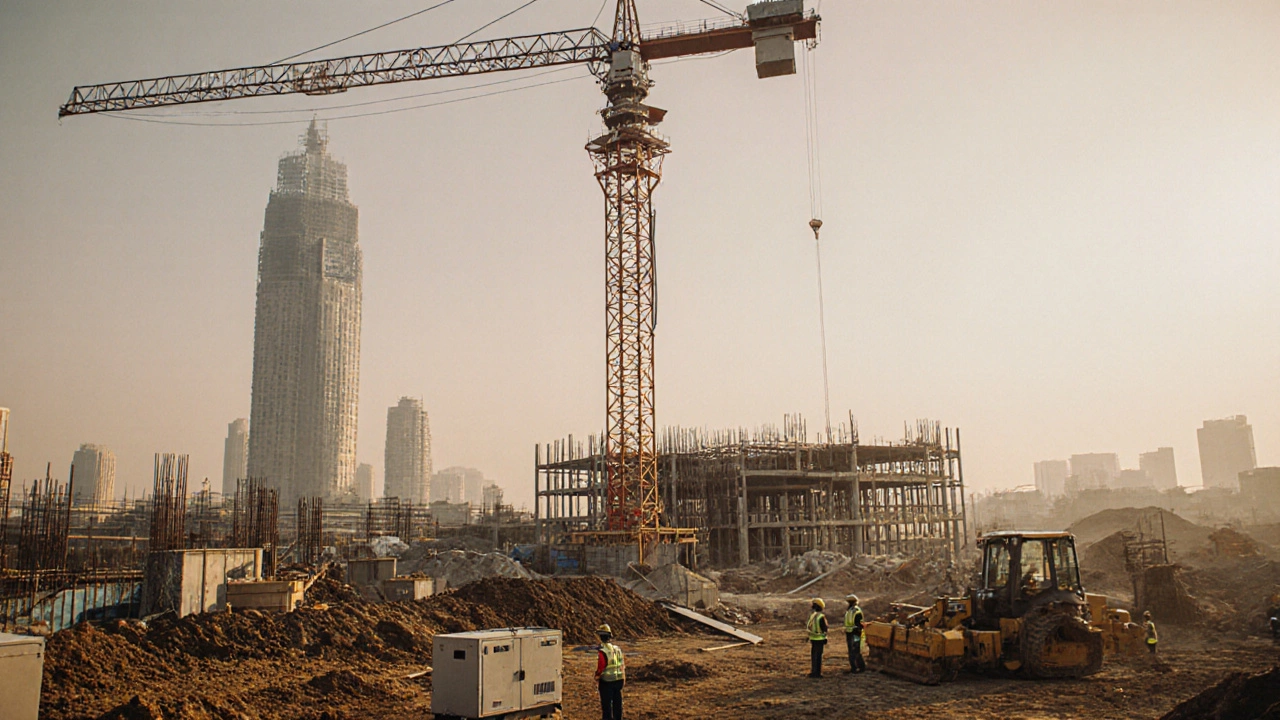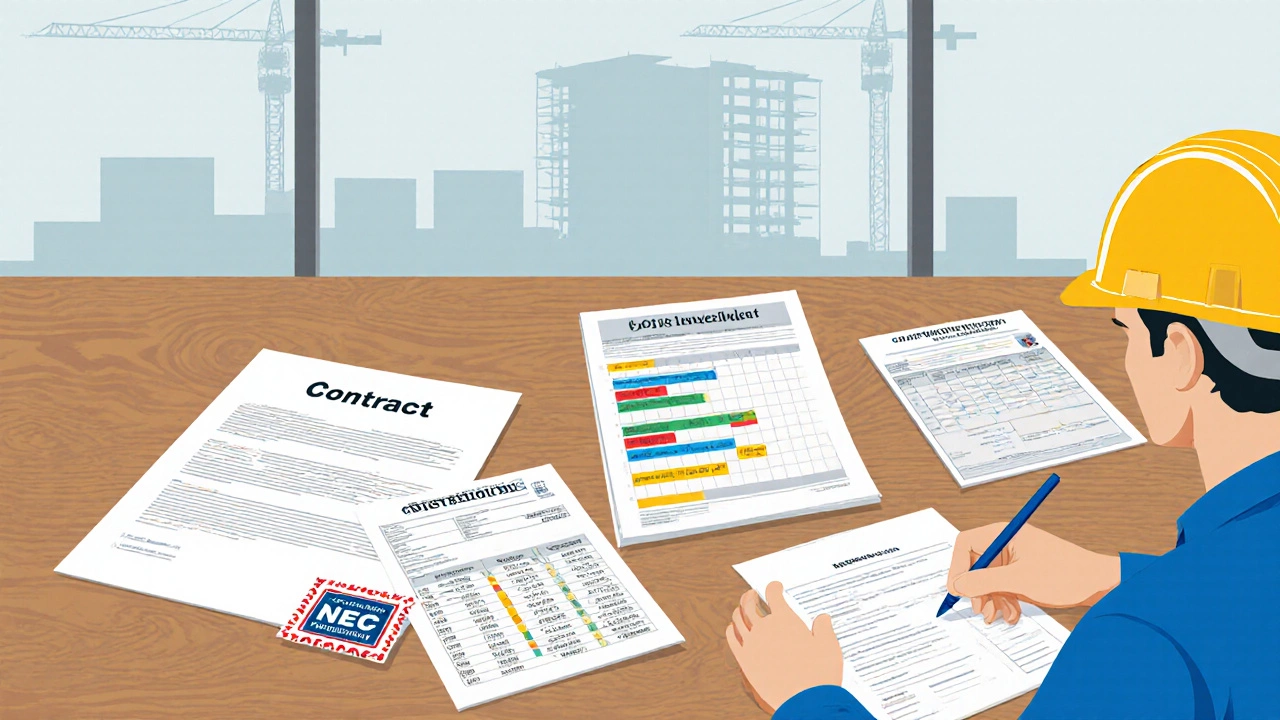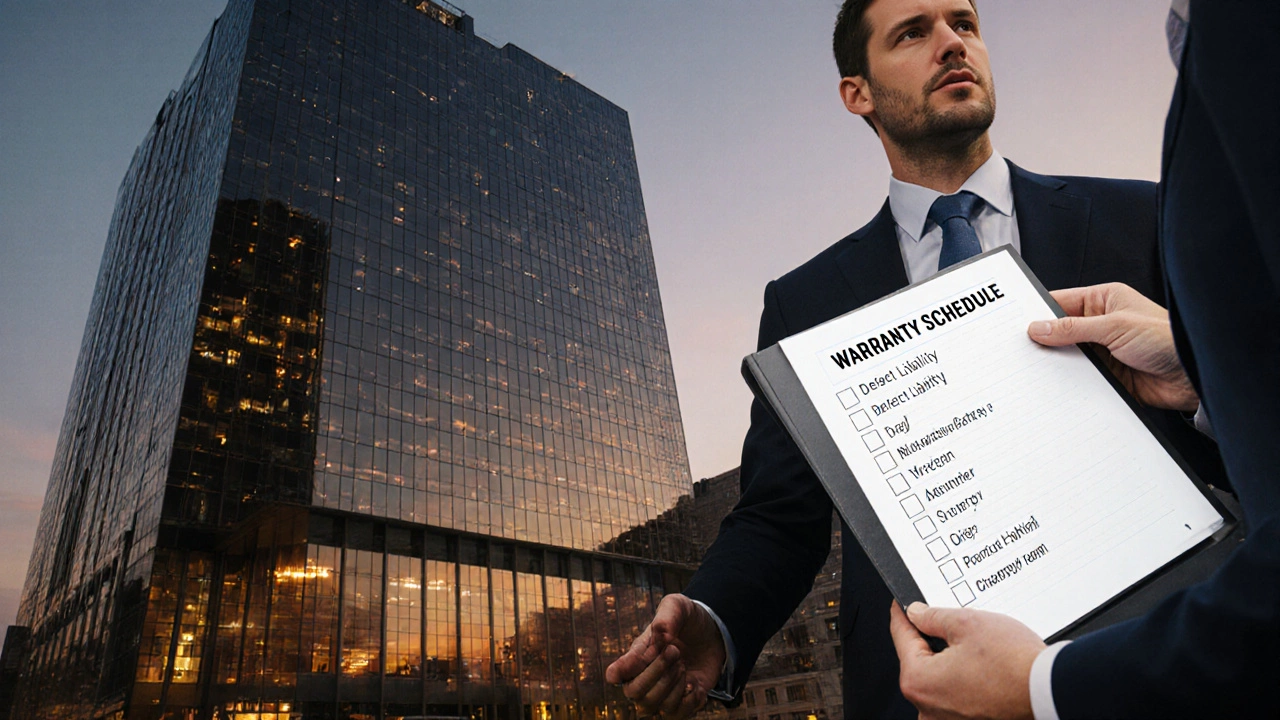What Is Covered Under Commercial Construction? A Complete Guide

Commercial construction is a type of building work that serves business purposes, ranging from office towers to shopping centres. When owners ask, “What is covered under commercial?” they’re really trying to decode the maze of deliverables, legal clauses, insurance policies and on‑site responsibilities that make a project run smoothly. Below you’ll learn exactly what falls under a typical commercial construction package, how it differs from residential work, and which pitfalls to watch out for.
Defining the Scope: What Does a Commercial Construction Project Include?
A commercial construction contract usually outlines five core categories:
- Site preparation: clearing, grading, and installing temporary utilities.
- Structural works: foundations, steel framing, concrete slabs, and load‑bearing walls.
- Building envelope: roofing, façade cladding, windows and doors that seal the interior.
- Interior fit‑out: partitions, finishes, HVAC, electrical, plumbing, and fire‑protection systems.
- Commissioning and hand‑over: testing, certification, defect rectification and final documentation.
Each of these buckets can be broken down further, but they form the baseline of what most owners and contractors expect to be covered under a commercial construction agreement.
Key Documents That Define What’s Covered
The contract itself is the master map, but it leans on several supporting documents to flesh out the details:
- Construction contract - Usually a JCT or NEC‑style agreement that spells out duties, payment terms and risk allocation.
- Building permit - Issued by the local council; it confirms that the design meets zoning, structural and fire‑safety codes.
- Project schedule - A Gantt or CPM chart that sets milestones and deadlines for each work package.
- Cost estimate - The budget breakdown showing labour, materials, plant and contingencies.
- Insurance certificates - General liability, contractor’s all‑risk and professional indemnity policies that protect against loss.
If any of these are missing or vague, the “what’s covered” question quickly turns into a legal dispute.
Insurance and Risk: What Is Actually Insured?
Commercial projects are high‑value, high‑risk endeavours. The most common coverages include:
- Contractor’s all‑risk insurance: protects the works against fire, flood, vandalism or accidental damage during construction.
- Public liability insurance: covers third‑party injuries or property loss caused by the construction activities.
- Professional indemnity: shields architects and engineers from claims arising from design errors.
- Workers’ compensation: mandatory in the UK, it covers staff injuries on site.
These policies are typically listed in the contract’s “Insurance” clause, and the parties agree on minimum limits (e.g., £10 million public liability).

Change Orders: Expanding the Coverage Mid‑Project
Even the best‑planned job encounters surprises - a client decides to add a mezzanine floor, or a new fire‑code kicks in. A change order is a formal amendment that adjusts scope, price and schedule. Without a proper change‑order process, owners may assume the extra work is “included” when in fact it isn’t covered by the original insurance limits or warranties.
Key elements of a good change order:
- Clear description of the new work.
- Impact on the critical path and overall project timeline.
- Re‑priced cost breakdown, including any additional risk premiums.
- Signature from both client and contractor before work commences.
Warranty and Defect Liability: What Remains Covered After Handover?
Once the building is handed over, the contractor’s primary obligations shift to warranty periods:
- Defect liability period - Usually 12-24 months, during which the contractor must fix any defects that arise from their workmanship.
- Manufacturer’s warranty - Covers products like glazing, roofing membranes or HVAC units for the durations set by the suppliers.
- Maintenance manuals - Detailed guides handed to the building manager, ensuring future owners know how to keep systems running.
These warranties are often documented in a separate “Warranty Schedule” attached to the contract.
Commercial vs Residential: How Coverage Differs
| Aspect | Commercial Construction | Residential Construction |
|---|---|---|
| Project scale | Multi‑million‑pound complexes, multiple floors | Single‑family homes, small apartments |
| Regulatory scrutiny | Strict fire‑code, accessibility (Part M), BREEAM | Building regulations, but less complex |
| Insurance limits | Typically £10‑20 million public liability | Often £2‑5 million |
| Warranty period | 12‑24 months defect liability + long‑term product warranties | 6‑12 months defect liability |
| Stakeholder involvement | Multiple owners, tenants, facilities managers | Usually a single homeowner |
The table shows why commercial projects demand more robust coverage - larger budgets, stricter codes and a broader set of stakeholders all raise the stakes.

Common Pitfalls and How to Avoid Them
Even seasoned developers stumble into traps that shrink the effective coverage:
- Assuming “standard contract” covers everything. Always read the fine print - exclusions are often hidden in the “Force Majeure” or “Acts of God” clauses.
- Skipping a detailed risk assessment. Conduct a pre‑construction H&S audit and embed its findings in the contract.
- Under‑insuring the project value. Compare the sum insured to the total contract value plus a contingency buffer.
- Not tracking change orders. Use a digital log so every amendment is recorded, signed and reflected in the insurance schedule.
- Neglecting warranty hand‑over. Schedule a punch‑list walkthrough before the final hand‑over to catch latent defects.
By tackling these issues early, you keep the coverage intact from groundbreaking to occupancy.
Quick Takeaways
- Commercial construction covers site work, structural elements, envelope, fit‑out and commissioning.
- Key documents - contracts, permits, schedules and insurance certificates - define the exact scope.
- Insurance typically includes contractor’s all‑risk, public liability, professional indemnity and workers’ comp.
- Change orders must be formalised to extend coverage for any new work.
- Warranty periods protect the owner after hand‑over; they are separate from the main construction contract.
Frequently Asked Questions
What types of work are normally excluded from commercial construction coverage?
Typical exclusions are pre‑existing site conditions, extraordinary natural disasters not listed in the policy, and any work performed without a valid building permit. Some contracts also exclude design errors unless covered by professional indemnity.
How does the defect liability period differ from the warranty?
The defect liability period is a contractual obligation for the builder to repair any faults arising from their workmanship, usually lasting 12‑24 months after practical completion. Manufacturer warranties, on the other hand, are supplied by product makers and can extend several years beyond that period.
Do I need separate insurance for change orders?
Yes. Any added scope that increases the project’s risk profile should be reflected in an endorsement to the all‑risk policy. Failure to do so may leave the new work uninsured if a claim arises.
Can a commercial construction contract be signed without a building permit?
Legally, you can sign a contract, but construction cannot commence until the local authority issues the permit. Starting work without it is a breach of planning law and can void insurance coverage.
What is the difference between a contractor’s all‑risk policy and public liability?
All‑risk covers damage to the works themselves (e.g., fire, flood), while public liability protects third parties from injury or property loss caused by the construction activities.
Understanding what’s covered under commercial construction isn’t just paperwork - it protects your investment, keeps the site safe, and avoids costly disputes. Use this guide as a checklist before you sign any agreement, and you’ll walk into the project with confidence.